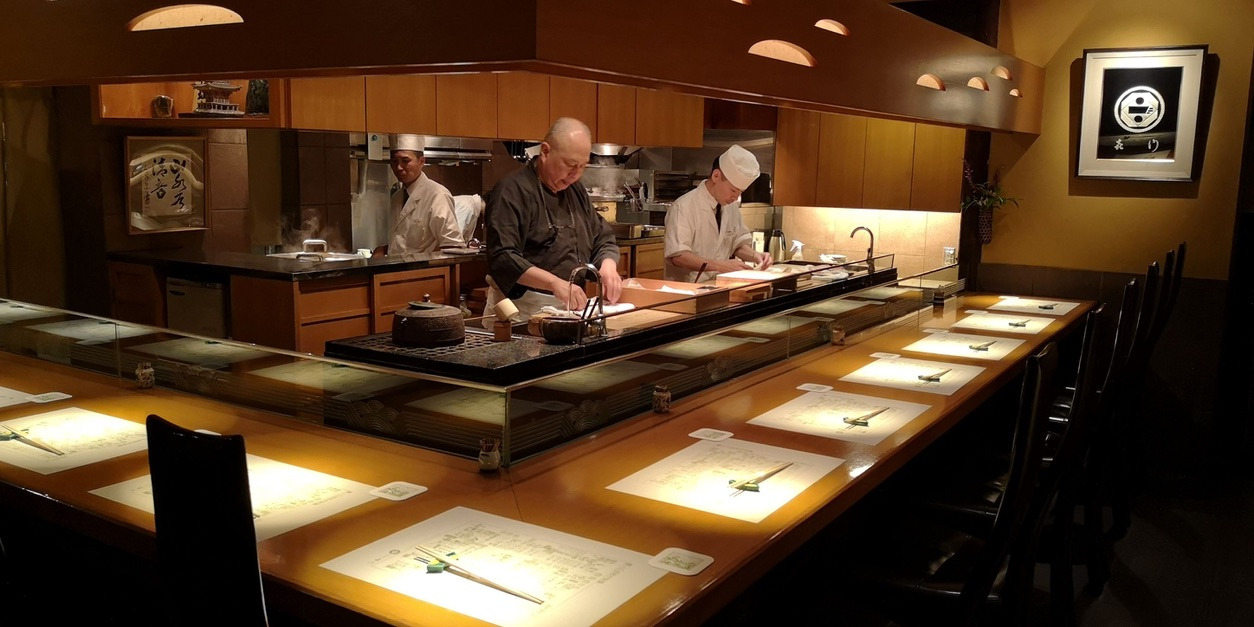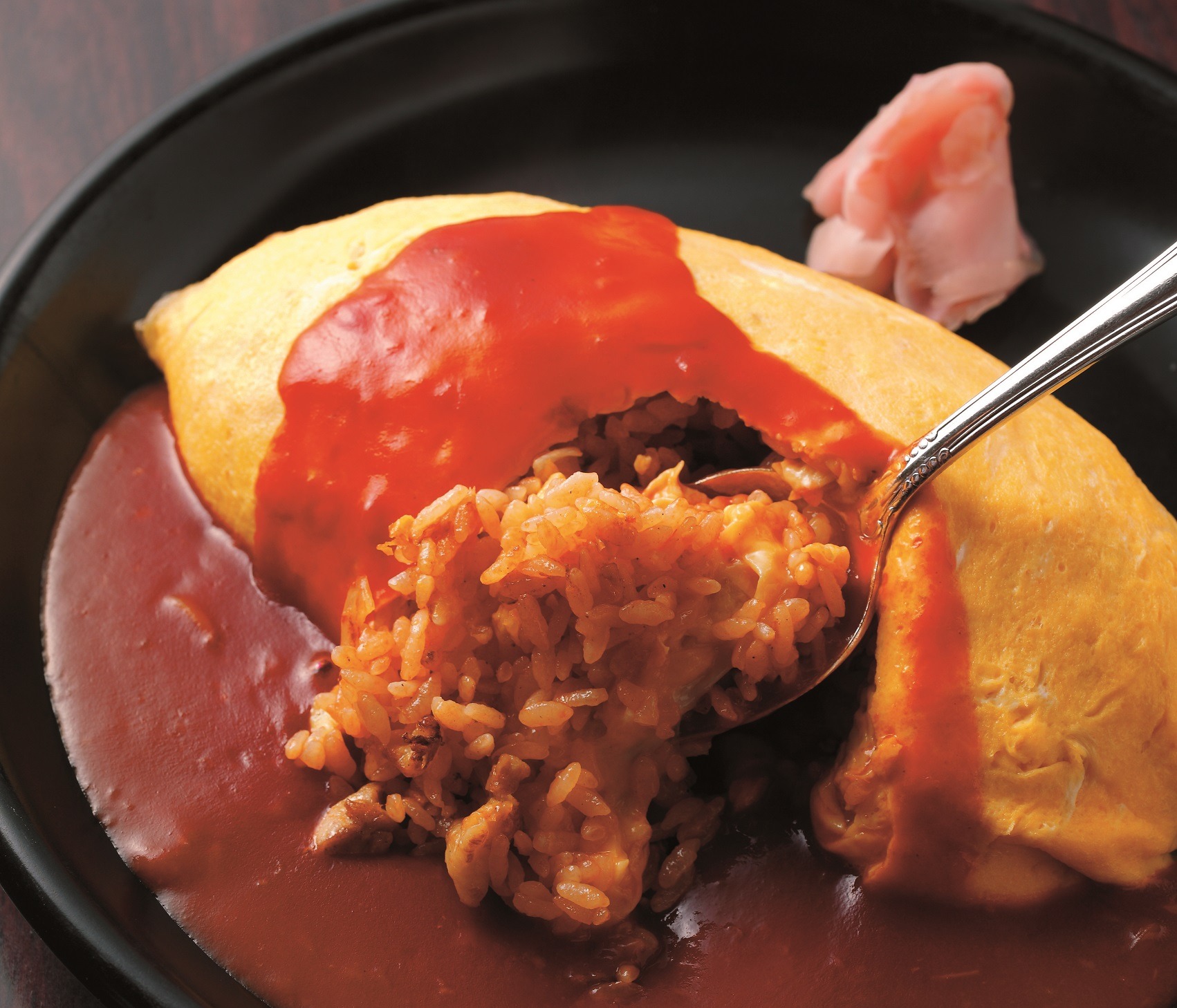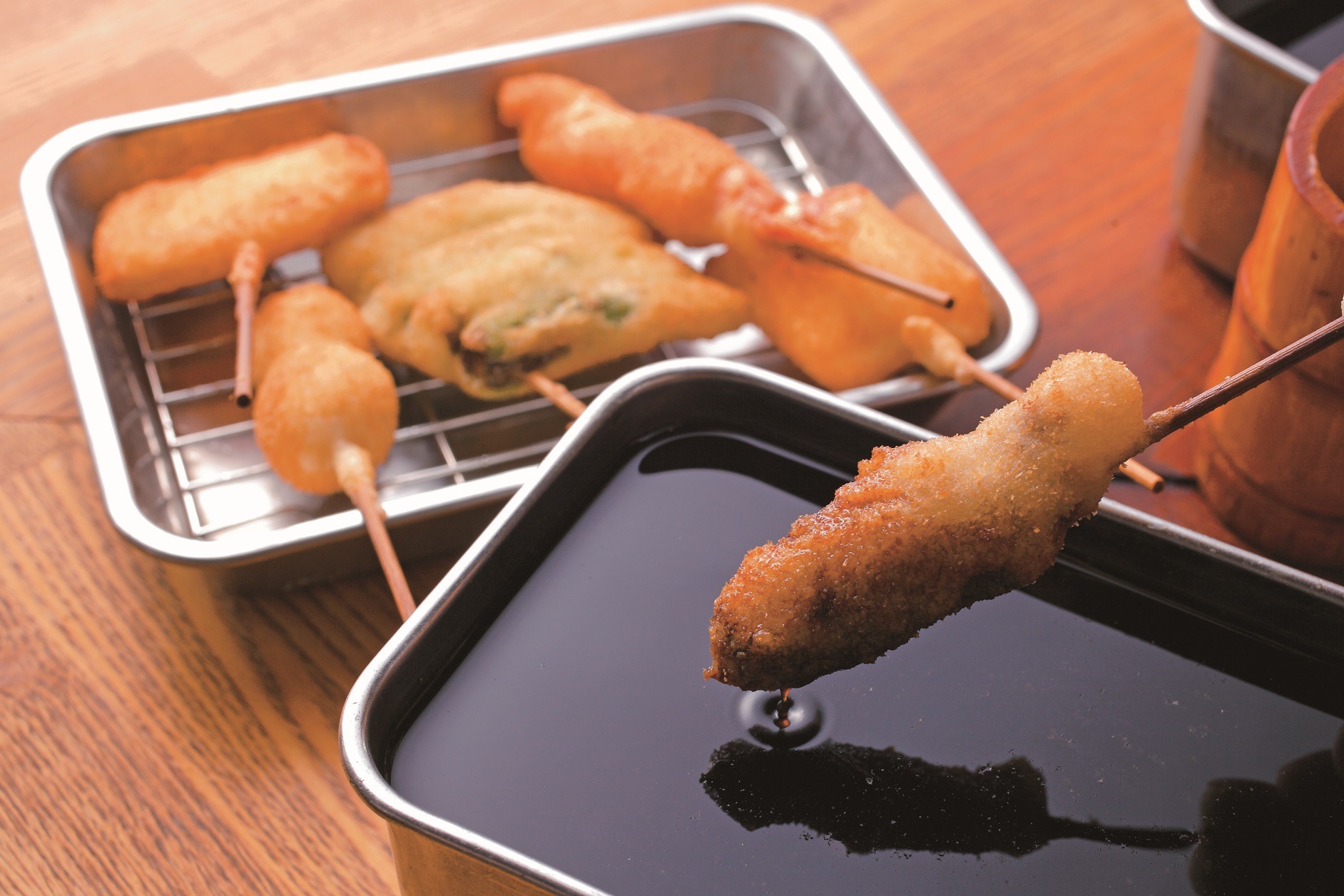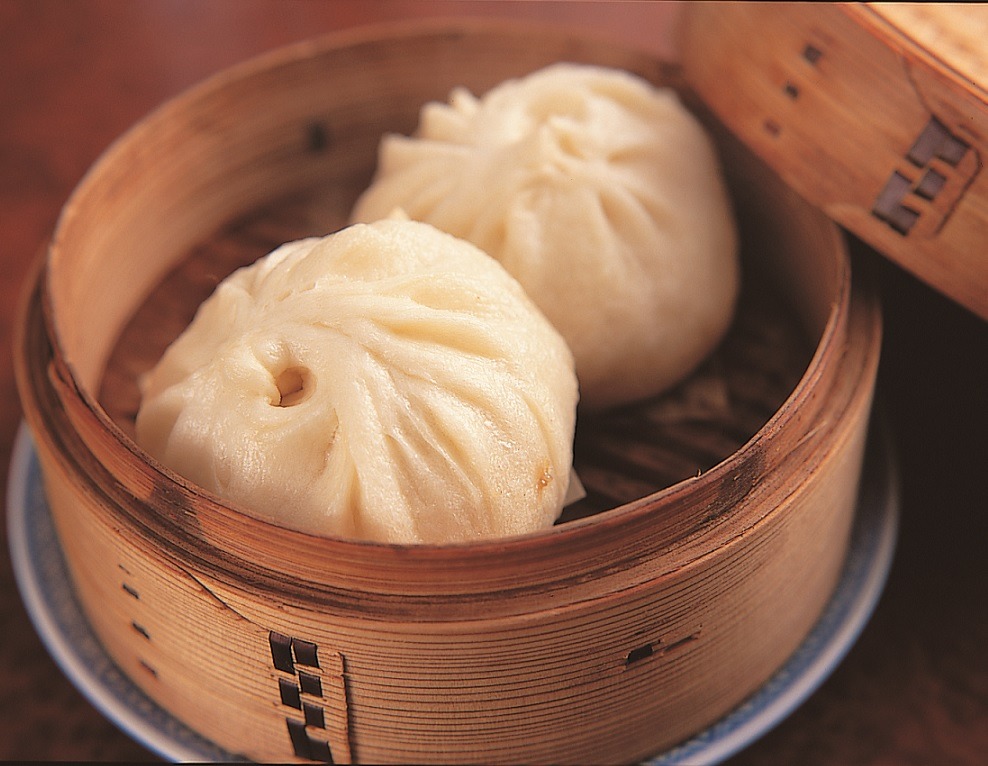割烹料理

割(かつ)は割(さ)く、烹(ぽう)は煮る。つまり、包丁仕事と加熱という調理を意味します。それが日本料理の一つのスタイルを表すようになったのは、大正時代の半ば。大阪で始まったと言われています。
江戸時代に栄えた料亭が廃れ始め、もっと気軽に楽しめる和食店を時代が求める中、生まれたのが割烹スタイルです。

まな板の前に立つ板前を取り巻くようにカウンター席が設えられて、客は、新鮮な魚を割く包丁捌きに目を奪われます。ぐつぐつと野菜を煮る匂いや音がダイレクトに伝わります。 それまでの料理は、客が来る時間を見計らい予め準備して作る仕込み料理でした。これに対し、割烹店は食べたいものをその場で注文し、目の前で調理する即席料理です。

料亭では厨房が隠れており、料理は仲居さんによって運ばれてきますが、割烹はオープンキッチンで、調理の臨場感を楽しめるのが魅力です。また、板前との会話も楽しみの一つ。
「今日は何が旨いかな」
「ええ鯛が入ってまっせ」
「ほんなら造りでもらおか」
「頭はあら炊きもよろしいで」。
そんな会話から、客の好みに合わせて、当意即妙の逸品に仕立てるのが、板前の腕の見せ所です。
大阪人は、新時代の料理として割烹に注目し、割烹店は大いに流行りました。今では日本はもとより、海外でも見かけるようになりました。
その他のおすすめグルメ
-
 うどん(うどんすき)
うどん(うどんすき)大阪のおうどんは、軟らかい口当たりの麵と、それに優しく寄り添う昆布とカツオ節のだしとのハーモニーが魅力です。
-
 たこ焼き
たこ焼き屋台で買って、気軽に街角で食べられる、大阪のファストフードの代表格・たこ焼き。歴史は意外に浅く、昭和30年代から、町に店が増え始めたと言われます。
-
 大阪すし
大阪すし大阪すしの代表格は箱寿司です。具材を酢飯と共に型に入れて押し固める「押し寿司」の一つです。
-
 オムライス
オムライス胃の悪い常連客が毎日オムレツと白ご飯を食べているのを不憫に思った店主が、ケチャップライスを薄焼き卵で包んで出したところ、客は大喜び。
-
 お好み焼き
お好み焼きたこ焼きと並ぶ、大阪人のソウル・フードです。小麦粉をだしで溶くのも同じで、具はキャベツが必須、豚肉が人気、あとはお好み焼きの名の通り、好みのままに。鉄板の上で丸く平たく生地を広げて焼き上げます。
-
 串カツ
串カツ「二度漬け禁止」で有名な大阪の串カツ。肉や野菜を串に刺し、水溶き小麦粉の衣にパン粉を付けて油で揚げます。
-
 紙なべ
紙なべ摩訶不思議な紙なべも大阪発祥です。紙を火に掛けるなんてと誰もが驚くことでしょう。
-
 回転寿司
回転寿司コンベヤーの上を、寿司を載せた小皿が流れていき、客は好みのものを皿ごと取って食べます。半セルフサービス型の安価で明朗会計の気軽なスタイルは、家族連れや観光客にも利用しやすく大人気を得ています。
-
 豚まん
豚まん明治維新後、中華街に伝えられた中華饅頭を日本人好みの味にアレンジしたものが始まりとされています。




